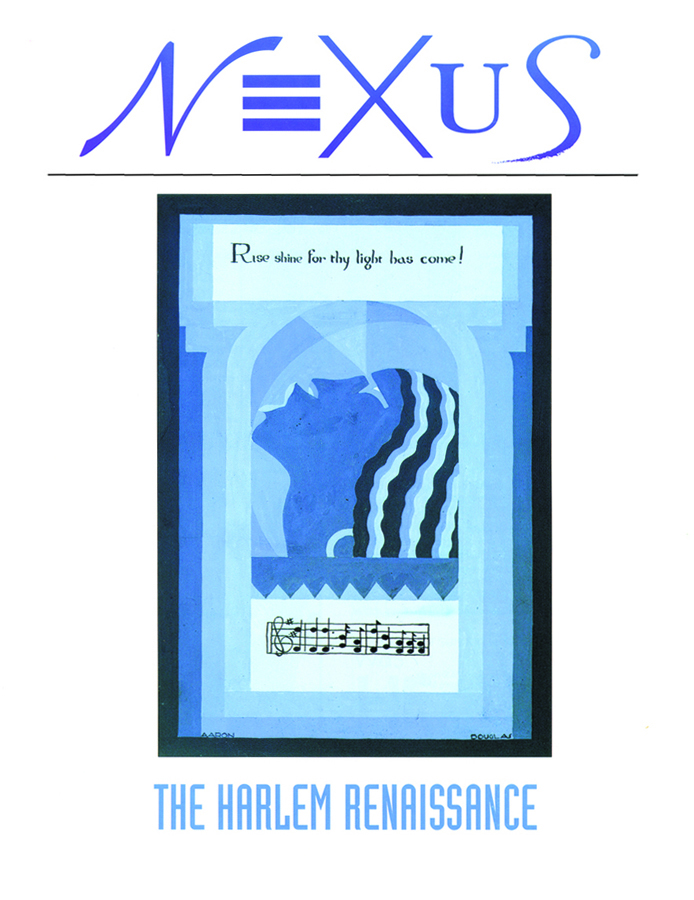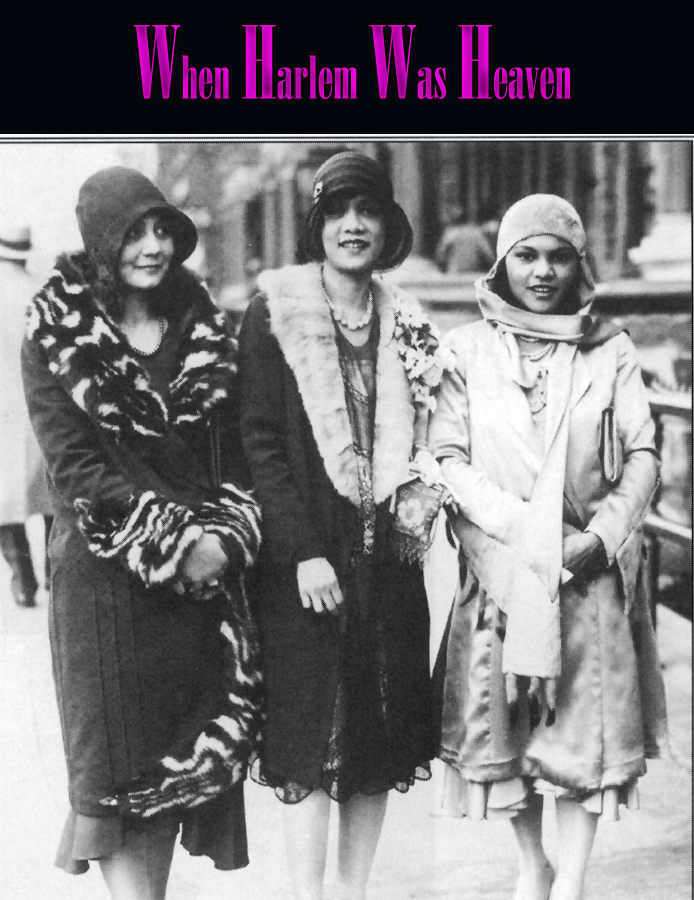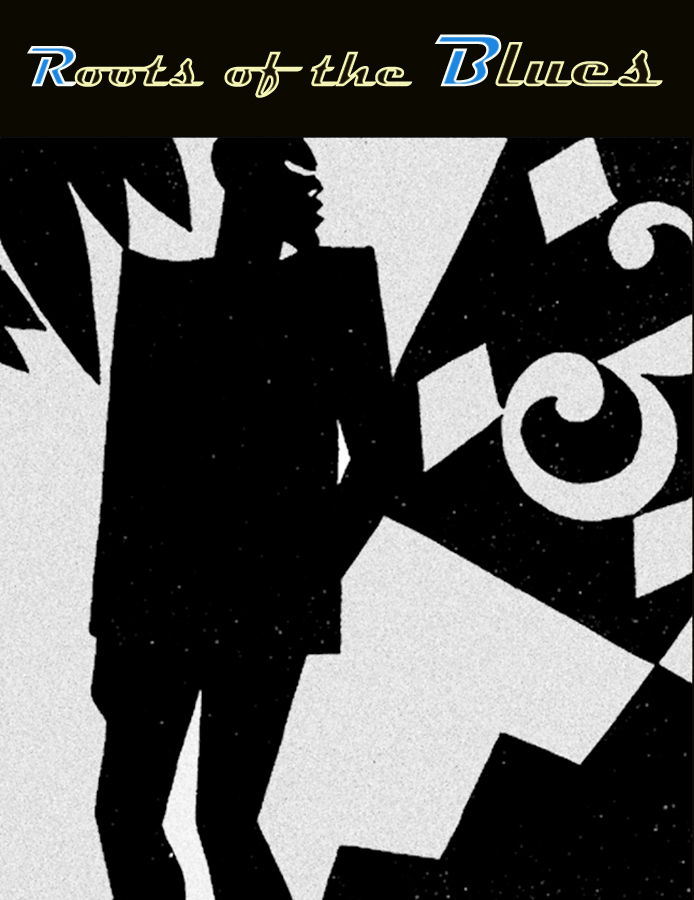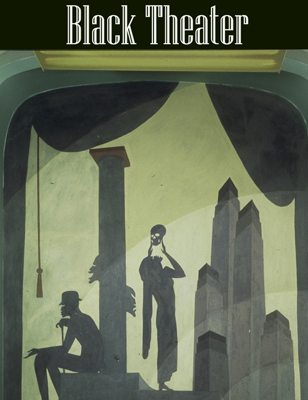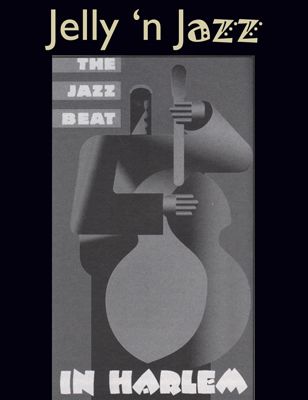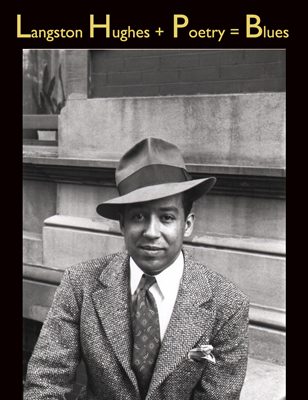NEXUS Connects: Harlem Renaissance
SERVING AMERICAN SECONDARY SCHOOLS FOR 28 YEARS
THE COLLEGE BOARD
“All NEXUS volumes emphasize the critical skills and analogical thinking that are crucial for success on the SAT.”
CLASSROOM NOTES PLUS, NCTE (National Council of Teachers of English)
“‘Songs of the Seventh Son’ is one of many thoughtful chapters in The Harlem Renaissance volume of NEXUS….Each volume…is a hybrid of a well-written interdisciplinary textbook and a lively, attractive magazine.”
TEMPO, Texas Association for the Gifted & Talented
“With an impressive group of contributors and consultants, Publisher/Editor Jesse Bryant Wilder has put together a stunning set of challenging materials that will provide outstanding learning experiences for secondary students.”
APPLETONEAST HIGH SCHOOL, Appleton, WI
“I haven’t seen any better material for connecting the curriculum, especially world literature and world history—and I have a lot of experience connecting the curriculum. In one instance, for example, my kids did their research topics on the artists and poets of the Harlem Renaissance and they created mini-documentaries on the artists or poets using the NEXUS materials. It went extremely well. You can see the editor has really done his research. His love of the material really shows.” – Michael W. Bergen, Communication Arts Chair
VALLEY FORGE HIGH SCHOOL, Parma, OH
“Even students who are difficult to manage are captivated by NEXUS magazines. My sophomores studied The Harlem Renaissance edition. The art reproductions, particularly valuable in conveying the essence of this important period in American literature, inspired my students to create their own illustrated blues poems.” – Dr. Linda Meixner, English teacher
IMMACULATE HEART OF MARY HIGH SCHOOL, Westchester, IL
“We have found the NEXUS volumes wonderful. They’ve been used in a number of classes in 10th, 11th and 12th grade, including our sophomore World Culture class, which incorporates World Literature and World History. We particularly like the correlations to art, and the students like to see the connections between different subject areas. They find that very interesting. We also find that NEXUS is particularly valuable to visual learners who are not engaged by traditional means. – Susan Ryan, English Chair”
THE COLLEGE BOARD
“When Harlem Was Heaven” is an exuberant three-page overview whose atmospheric approach does not fail to acknowledge that during that period, as Langston Hughes put it, “the Negro was in vogue.” While recognizing that the “marketability” of African American culture was driven by white tourists, the introduction still gives a good accounting of the achievements made possible by the “vogue” and includes recollections of Harlem life from Hughes, Dorothy West, and others.”
Students explore the fusion of African-American literature, art, blues, jazz and Black history in The Harlem Renaissance volume of NEXUS, which is accompanied by inspiring Harlem Renaissance lesson plans in fiction, poetry, drama, history, visual art, jazz and blues. Each chapter-lesson is calibrated to resonate with student interest, stimulate self-exploration, and interlink with the other lessons in this interdisciplinary unit. The GREAT MIGRATION is the HISTORICAL BACKBONE of the Harlem Renaissance; the short stories, poetry, visual art, jazz and blues that are explored in this exhilarating volume all reflect its influence as well as each other like facets in a prism.
The NEXUS Interdisciplinary Approach, ideal for teaching an Interdisciplinary Period, utilizes interactive, classroom-tested teaching strategies & lessons that captivate & inspire students of all levels.
(SEE TEXT SAMPLES BELOW IN GREEN.)
The Harlem Renaissance lessons and text are aligned with Common Core Standards.
CLICK IMAGE TO ENLARGE
Harlem Renaissance Lessons Part I – African American Literature
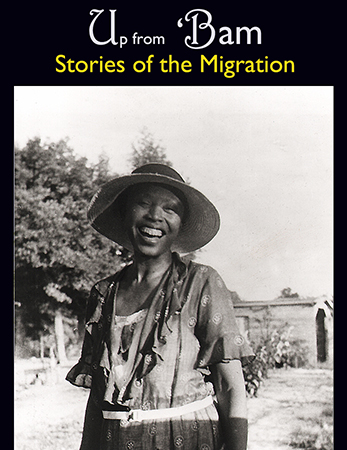
Harlem Renaissance Short Stories Lesson – Short Stories that Explore the Great Migration – 3 Pages & Activities
In this lesson, students study Harlem Renaissance short stories by Zora Neale Hurston (Spunk collection) and Dorothy West and link them to their own experiences. The two stories we compare and contrast in this lesson tied for second place in an Opportunity (National Urban League) fiction contest. Opportunity magazine was one the primary forums for Harlem Renaissance literature and visual art as well as an engine that helped drive the black Renaissance through its literature contests, popular literary galas, and its promotion of African-American studies and culture. Though its readership wasn’t large, its influence was enormous. Many issues of Opportunity from the Harlem Renaissance period can be accessed at Google Books.
This Harlem Renaissance lesson satisfies Common Core Standards CCSS.ELA-LITERACY.RL.1, RL.2, RL.3, and RL.4; and the Following Anchor Reading Standards: CCSS.ELA-LITERACY.CCRA.R.2, R.3, R.5, and R.9 (for 9-10 and 11-12).
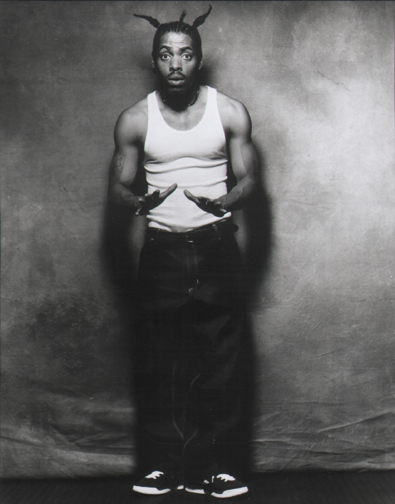
Figures of Speech Lesson: from Harlem Slang to Rap
In this lesson students learn exciting and entertaining ways to explicate figurative language as they carefully explore Zora Neale Hurston’s Glossary of Harlem Slang, an inherently figurative patois, and her hilarious “Story in Harlem Slang” (Spunk collection). In the second part of the lesson, students interpret some of the most artful lyrics of Grammy Award-winning rapper Coolio.
This chapter-lesson aligns with Common Core Standards CCSS.ELA-LITERACY.RL1, RL.4, RL.7, and RL9 (for 9-10 and 11-12) as well as Anchor standards CCRA.R.1, R.4, R5, and R9.
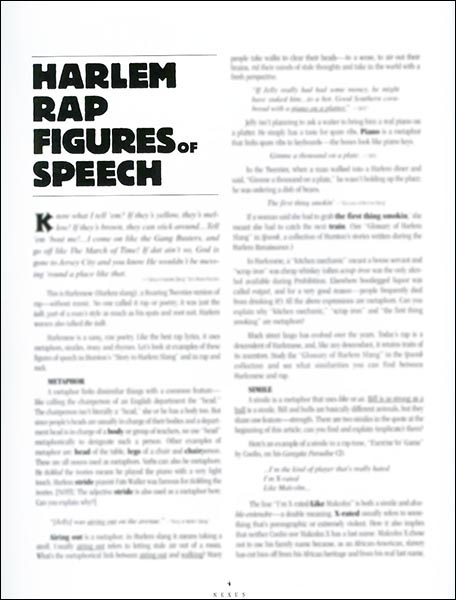
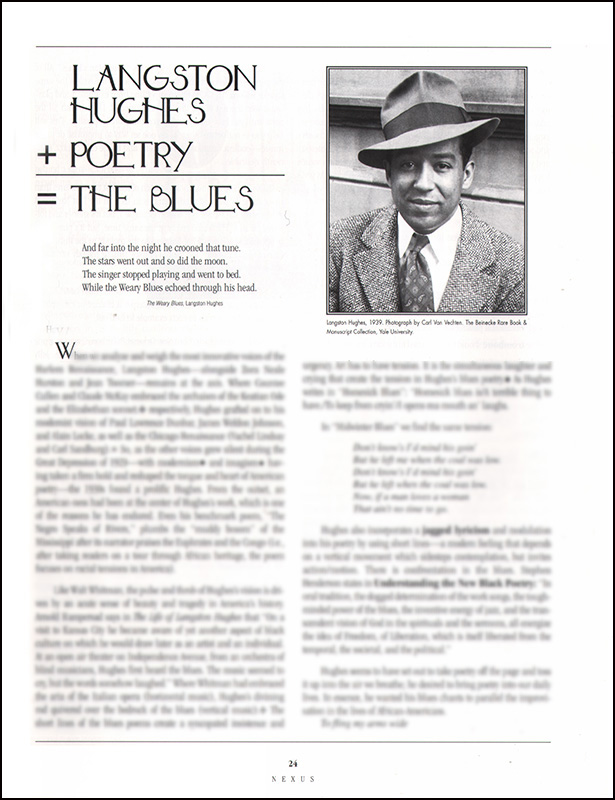
Harlem Renaissance Poetry Lesson 1: Langston Hughes + Poetry = Blues – 2 Pages & Activities
Penned by Pulitzer Prize-winning Poet (1994) Yusef Komunyakaa, this chapter-lesson explores Langston Hughes’s blues and jazz-influenced poetry and the use of tension and humor in his spare verse. Students also examine the jazz rhythms of his poems.
This lesson is aligned with the following Common Core Standards: CCSS.ELA-LITERACY.RL.1 and RL.4 (for 9-10 and 11-12) as well as Anchor Reading Standards CCSS.ELA-LITERACY.CCRA.R.6 and R.8.
Harlem Renaissance Poetry Lesson 2: Langston Hughes’s Influence on Later Poets – 1 Page
This lesson, also written by Yusef Komunyakaa, examines Langston Hughes’ poetic legacy. It satisfies Common Core Anchor Reading Standards CCSS.ELA-LITERACY.CCRA.R.1 and R.8.
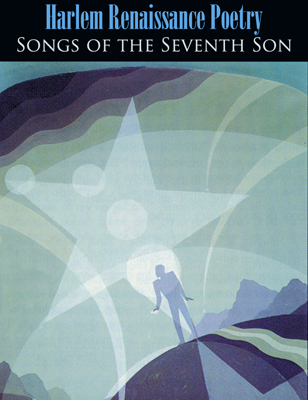
Harlem Renaissance Poetry Lesson 3: Songs of the Seventh Son – 4 Pages & Activities
Students explore social theories of W.E.B. Du Bois through poems they inspired by Harlem Renaissance poets Langston Hughes, Helene Johnson, Arna Bontemps and Claude McKay. The chapter-lesson teaches students to interpret complex poetry and connect it to black history as well as their own lives. It also invites students to compare a variety of interpretations of the same topics.
TEXT SAMPLE:
“‘The Negro is a sort of seventh son…in this American world – a world which yields him no true self-consciousness, but only lets him see himself through the revelation of the other world,’ wrote W.E.B. Du Bois in The Souls of Black Folk (1903). ‘It is a peculiar sensation, this double-consciousness, this sense of always looking at one’s self through the eyes of others…One ever feels his twoness – an American, a Negro…two unreconciled strivings, two warring ideals in one dark body….’
“The goal of many Harlem artists was to unite this ‘double self into a better and truer self.’ Langston Hughes in his poem “I, Too,” writes [the poem follows]:
“Notice that the narrator [of the poem] laughs after being put down. He doesn’t let the prejudice of others seep into his brain and turn to bitterness. He recognizes that their attitude is a reflection of them, not him. Refusing to see himself through the eyes of his oppressors, he laughs off prejudice and strengthens himself by eating well, even if he has to eat alone…”
This powerful lesson satisfies the following Common Core Standards: CCSS.ELA-LITERACY.RL.1, RL.2, RL.4 and RL.9 (for 9-10 and 11-12); and Anchor Standards for Reading: CCSS.ELA-LITERACY.CCRA.R.4, R.5, R.6 and R.9.
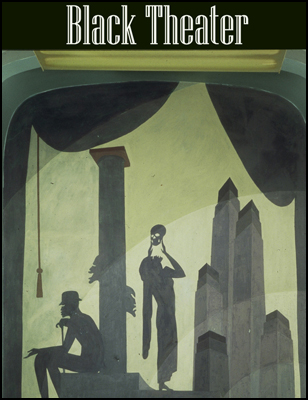
Black Theater Lesson – 3 Pages & Activities
This lesson explores Harlem Renaissance theater, focusing on the pivotal role of 20s’ and 30s’ plays and musicals, from Eubie Blake and Noble Sissle’s era-defining hit Shuffle Along to Langston Hughes’s hilarious early comedies like Little Ham and his protest plays like Mulatto.
This lesson is aligned with Common Core Standards CCSS.ELA-LITERACY.RL.1 (for 9-10 and 11-12) as well as Anchor Reading Standards CCSS.ELA-LITERACY.CCRA.R.1, R.2, R.6 and R.8.
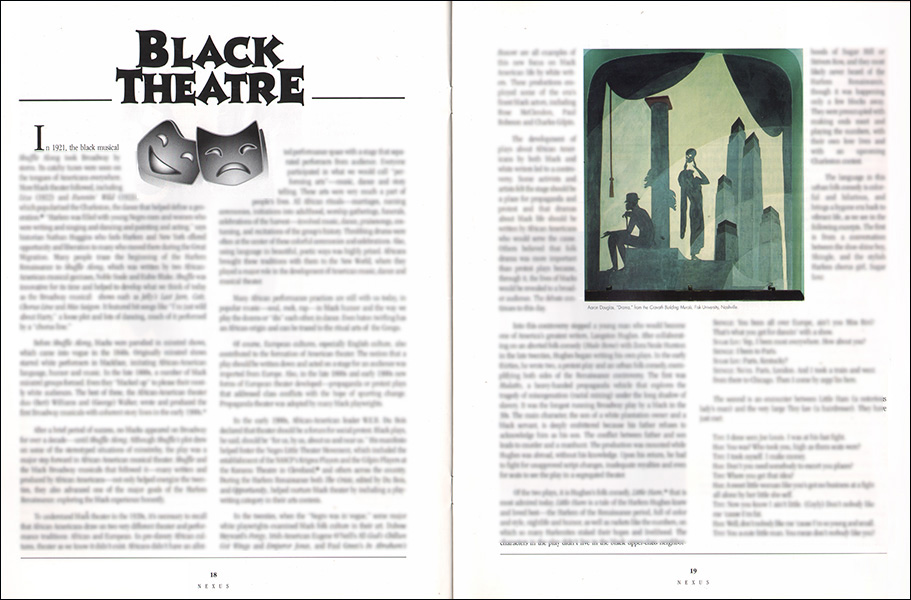
Harlem Renaissance Lessons Part II – Black History
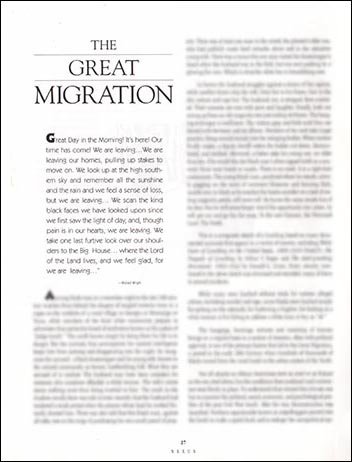
Harlem Renaissance History Lesson: The Great Migration – 3 Pages
The historical backbone of this volume, this multi-pronged lesson covers the events that paved the way for the Harlem Renaissance, from Reconstruction through W.W.I and its aftermath. Powerfully written with a narrative introduction, the chapter probes the politics of prejudice.
This chapter aligns with Common Core Standards CCSS.ELA-LITERACY.RH.1, RH.2, .RH.3, RH.6, RH.8, and RH.9 (for 9-10 and 11-12).
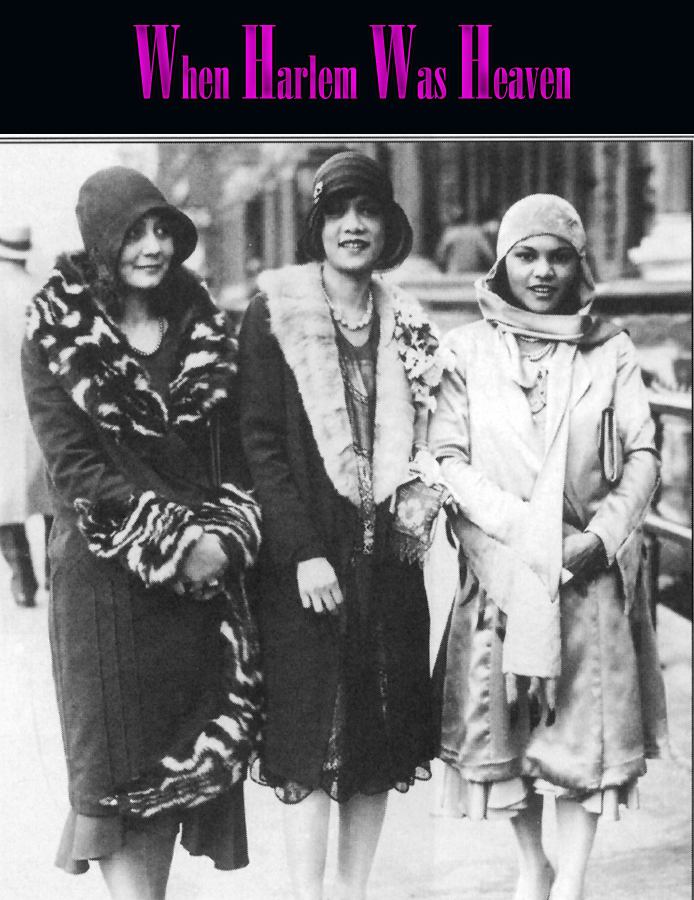
Lesson on the Jazz Age – When Harlem Was Heaven
This scintillating chapter, spliced with captivating quotes from Harlem Renaissance luminaries Langston Hughes, Arna Bontemps, James Weldon Johnson, Charles Johnson, J.A. Roger, Alain Locke, and the youngest writer of the Renaissance, Dorothy West, immerses students in the exhilarating creative atmosphere of the Harlem Renaissance and Jazz Age. (For brief bios on all of these figures see the African American Book Club.)
A“n exuberant three-page overview whose atmospheric approach does not fail to acknowledge that during that period, as Langston Hughes put it, “the Negro was in vogue.” While recognizing that the “marketability” of African American culture was driven by white tourists, the introduction still gives a good accounting of the achievements made possible by the “vogue” and includes recollections of Harlem life from Hughes, Dorothy West, and others.” – THE COLLEGE BOARD
Harlem Renaissance arts showcased black history and the contemporary black experience for a broad national audience for the first time in American history.
This lesson meets Common Core Standards CCSS.ELA-LITERACY.RH.1, RH.2, and RH.3 (for 9-10 and 11-12).
Harlem Renaissance Lessons Part III – Black Music
Harlem Renaissance Music Lesson 1: The Roots of the Blues – 1 Page & Activities
This chapter-lesson and the accompanying “Blues Supplement” and Harlem Renaissance lesson plans teach students the history and contemporary relevance of the blues. They also explore the structure of the blues and its offspring rock and roll and learn to write their own blues compositions and lyrics, modeled on the blues poetry of Langston Hughes. (For descriptions of the various types of blues see “A Brief History of the Blues” at the All About Jazz website.)
This lesson satisfies Common Core Anchor Reading Standards: CCSS.ELA-LITERACY.CCRA.R.1, R.2, R.6 and R.8. For more on the blues see Race Records and Selling Black Music below.
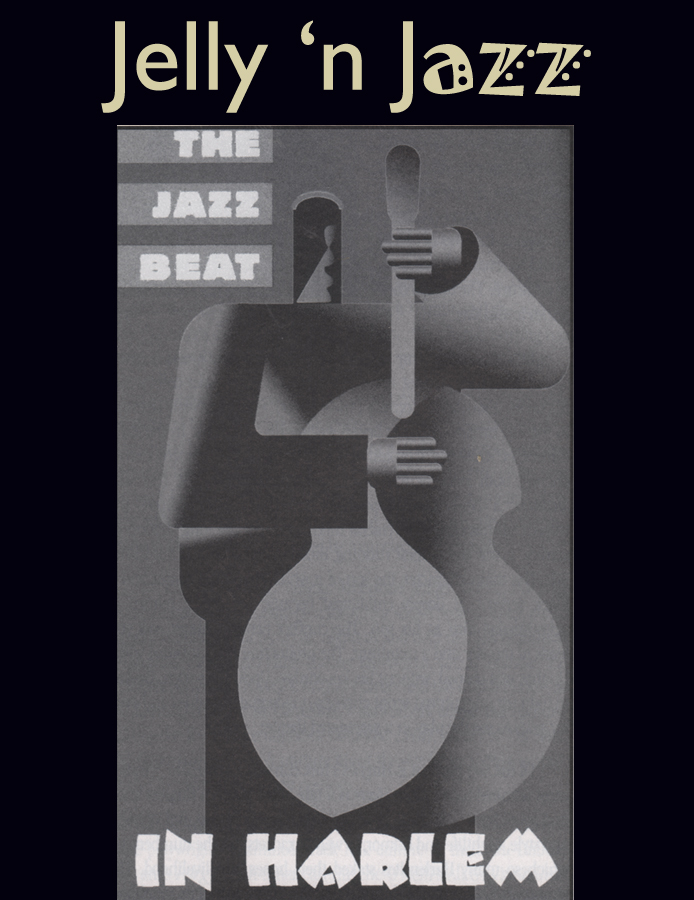
Harlem Renaissance Music Lesson 2: Jelly Roll Morton & Jazz Patterns – 3 Pages & Activities
As “rap was borne at the block parties of the Bronx in the late seventies and early eighties, jazz was nurtured and perfected at rent parties in the twenties – not only in Harlem, but in Chicago and St. Louis.” (“When Harlem Was Heaven,” The Harlem Renaissance, NEXUS.)
This lesson examines the music of Jelly Roll Morton and teaches students to identify New Orleans Polyphony and to write their own jazz improvisations using his jazz-counterpoint style. For more on counterpoint and theme and variation see “Renaissance Music and Pattern Recognition – A Romeo and Juliet Activity,” Romeo and Juliet and the Renaissance and the “Repetition in Literature and Music” lesson in The Grapes of Wrath and the American Dream supplement.
This lesson is aligned with Common Core Anchor Reading Standards CCSS.ELA-LITERACY.CCRA.R.1 and R.2. as well as National Music Anchor Standards 1,2,3, 4, 5, 6, and 7.
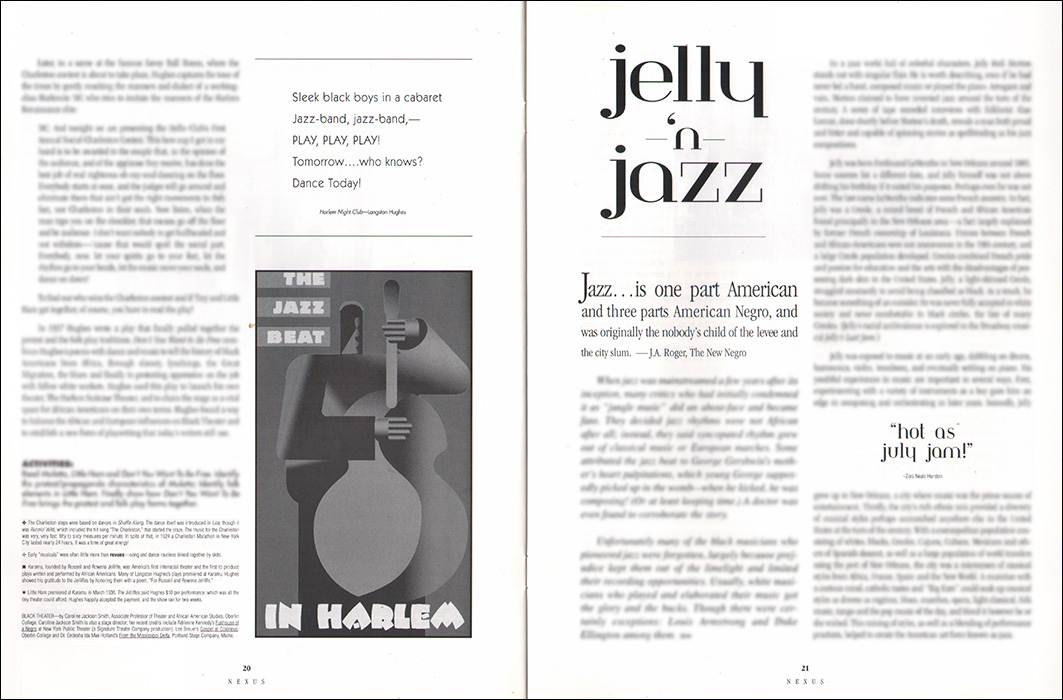
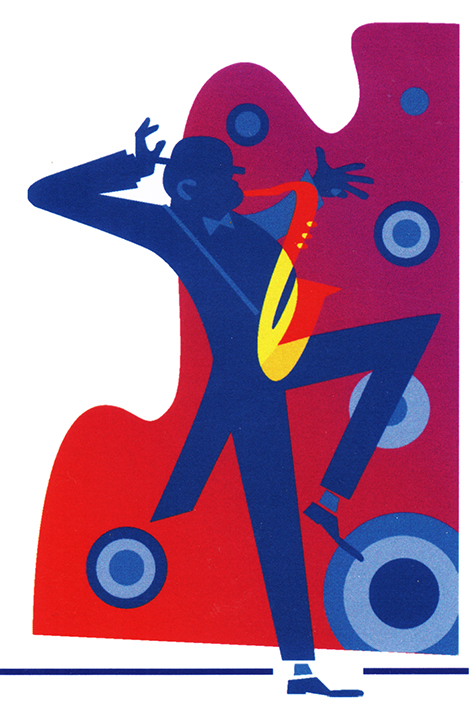
Harlem Renaissance Music Lesson 3: Race Records and Selling Black Music – 1 Page
This lesson chronicles the evolution of the blues from its birth in the Mississippi Delta through the Classic Blues in Harlem to the Chicago Blues as well as the challenges and prejudice black musicians faced in the recording industry.
“W.C. Handy published “Memphis Blues” in 1912, three years after composing it for a Memphis mayoral race. Shortly afterward, Handy was finagled by two white businessmen into selling the copyright for $100. ‘Everybody connected with the “Memphis Blues” had made more money from it than I,’ Handy says in his autobiography. In those days it was almost impossible for a person of color to break into the publishing and recording industries.”
African-American band leader Perry Bradford, who recorded “Crazy Blues” with Mamie Smith and the Jazz Hounds in 1920, writes in his autobiography Born With the Blues about the challenges of recording in the teens and twenties.
“‘Phonograph officials…had been threatened by some southern and northern reactionaries to boycott their products – phonograph machines and records – if they had any truck with colored girls in the recording field….I’d walked out two pairs of shoes going from one studio to another.'”
The lesson is aligned with Common Core Standards CCSS.ELA-LITERACY.CCRA.R.1, R.2, R.7, and R.8.
Harlem Renaissance Lessons Part IV – African-American Art
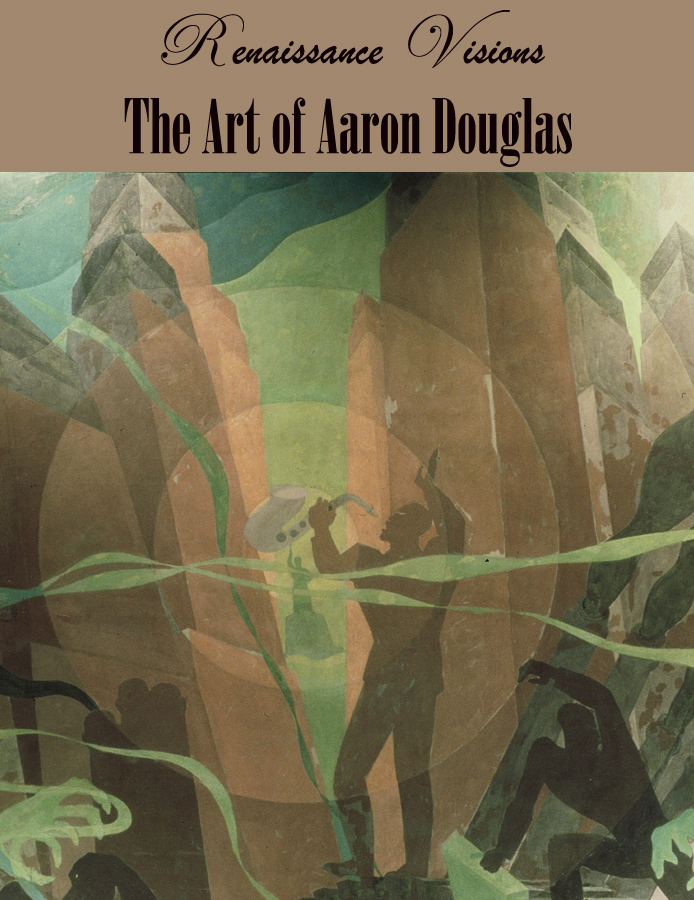
Harlem Renaissance Art Lesson: The Narrative and Metaphorical Murals and Paintings of Aaron Douglas – 4 Pages & Activities
Students learn to “read” the visual metaphors and contrasts of the leading painter of the Harlem Renaissance Aaron Douglas and to interpret his visual narratives of black history.
“Aaron Douglas’s paintings were also influenced by other arts that thrived in Harlem: jazz, blues, dance, poetry. Lines, shapes and colors in his paintings are repeated and varied like jazz themes or blues riffs. The gestures of his figures often reflect the graceful, funky movement of jazz dancers. And his art is loaded with visual metaphors and symbolism which read like painted poetry.”
For more on reading visual metaphors see the lessons: “Poetry in Botticelli’s Primavera” in Romeo and Juliet and the Renaissance and “Greek Art, Visual Storytelling” in Antigone and the Greek World.
This exciting chapter-lesson satisfies Common Core Standard CCSS.ELA-LITERACY.RL7 (for 9-10 and 11-12) and National Core Art Standards, Program 8, Anchor Standards 1, 5, 7, 8, 10 and 11 (for 9-10 and 11-12).
Harlem Renaissance Lesson Plans and Interdisciplinary Guidelines
NEXUS SUPPLEMENTS can be accessed under the SUPPLEMENTS menu. NOTE: NEXUS supplements and booklets are protected by U.S. Copyright and cannot be photocopied, photographed, or downloaded.
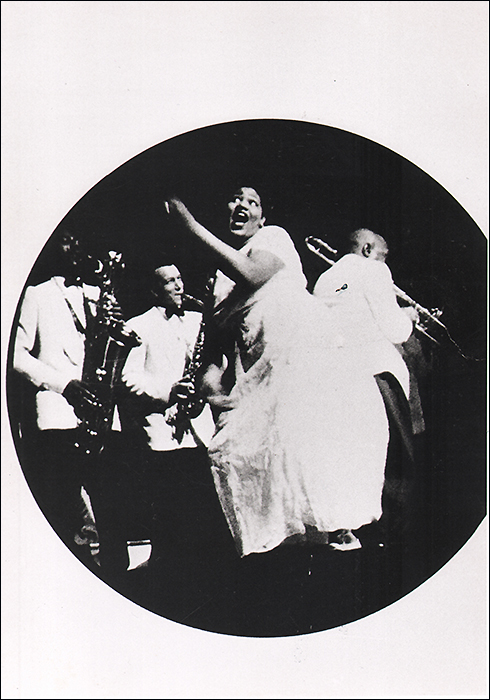
Harlem Renaissance Writing Projects

GUIDELINES: The NEXUS guidelines suggest interdisciplinary activities and student-friendly ancillary readings.
NEXUS is a 501(c)(3) nonprofit based in Cleveland, OH. Our mission is to provide schools with outstanding interdisciplinary resources that inspire students to THINK, LINK and IMAGINE
A portion of our proceeds is donated annually to UNICEF’S Audrey Hepburn All Children in School Fund.


